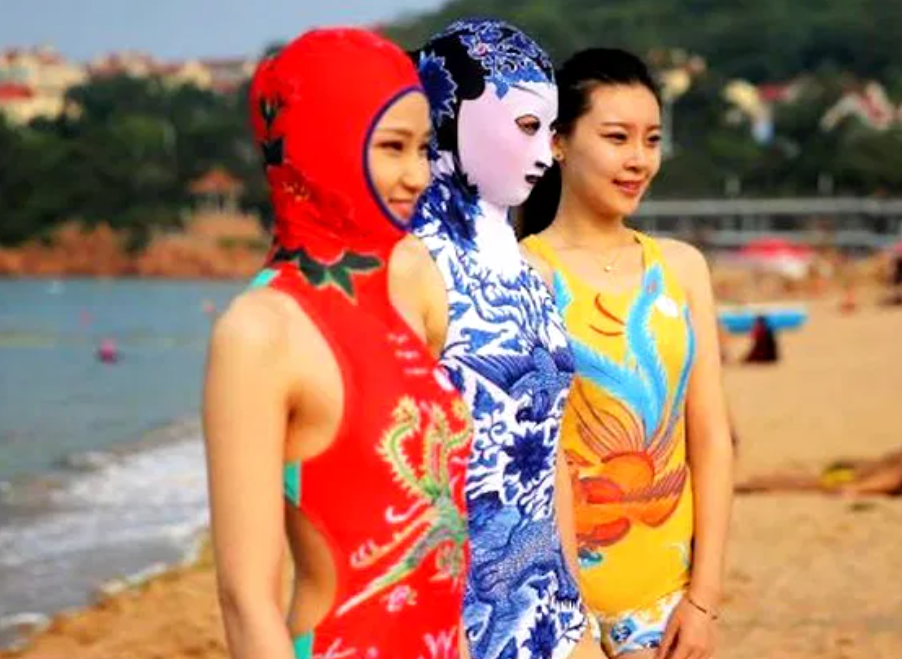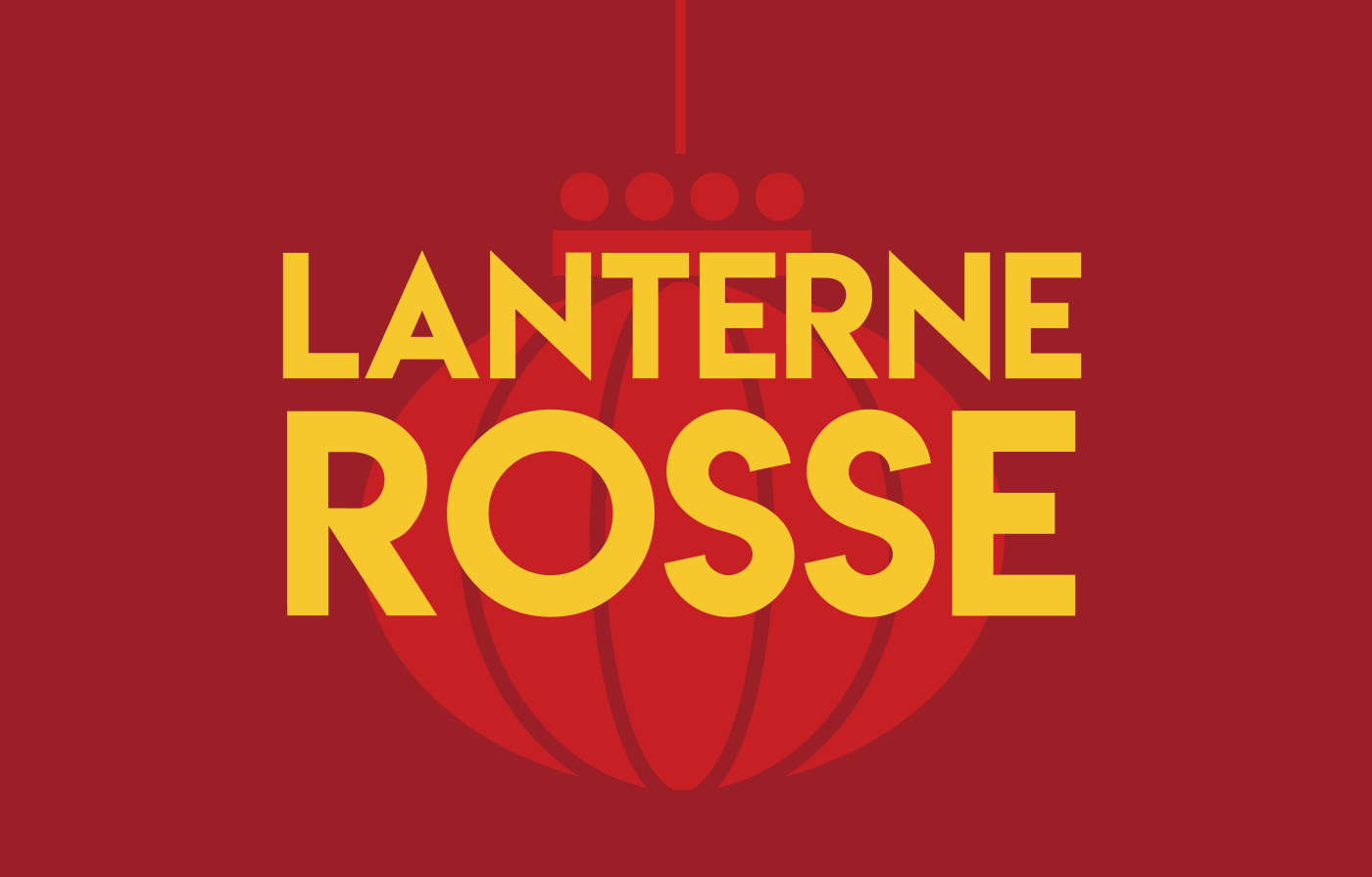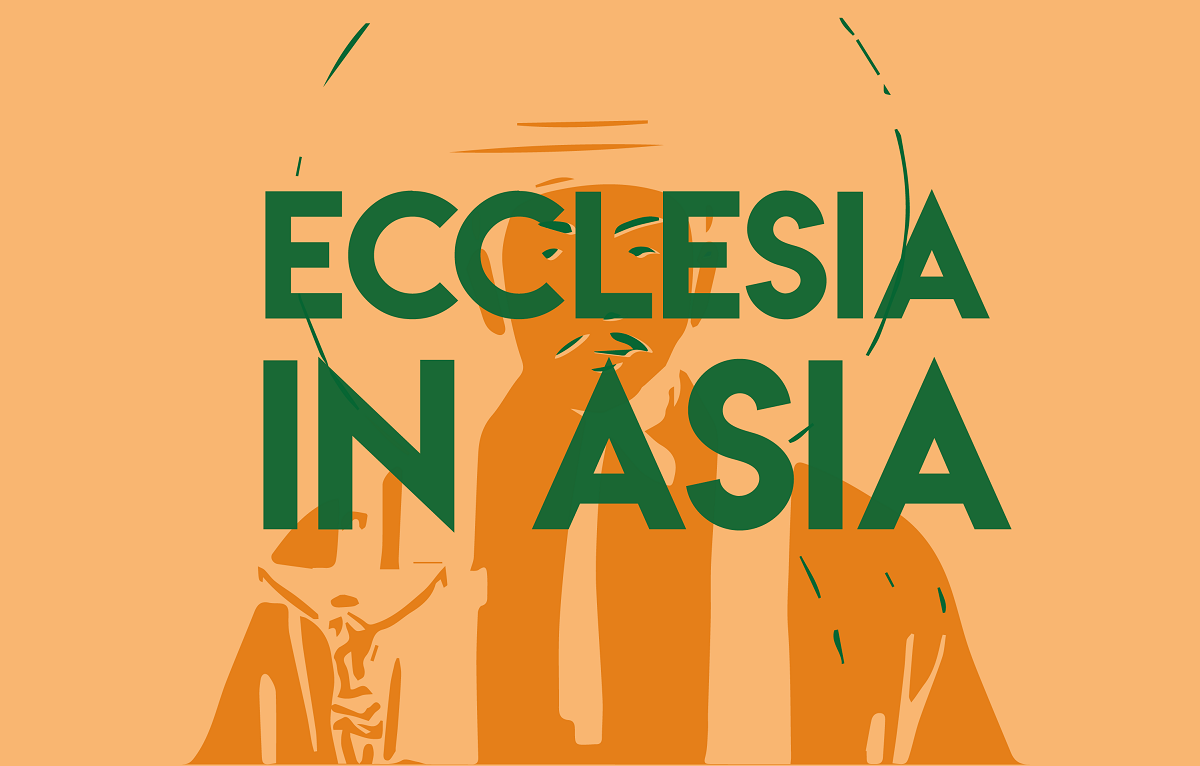Anti-tanning clothing, China’s new fashion boom
Thanks to climate change, the race to uphold local beauty standards that require fair skin is taking on new forms in China, such as the ever-increasing popularity of clothing and accessories that allow full-body coverage (including the face) without the need for sunscreen, both on the beach and in the city.
Milan (AsiaNews) – While basking in the sun is considered a favourite pastime for many Westerners, even in these late summer weeks, the same is not true in China, especially among women.
Walking around China's big cities in the summer, it is easy to spot women with their limbs and faces completely covered to protect themselves from the sun.
The trend to avoid sun exposure is not just out of health concerns, but also reflects certain aesthetic notions.
Since ancient times, pale skin has been considered a sign of beauty, while dark skin has often been associated with farm work, and the idea of a humble life marked by hardship.
In recent years, however, the aversion to tanning has reached extreme levels, largely due to climate change.
Last year was the hottest year in recent history, with average temperatures breaking records for five out of twelve months, and forecasts suggest 2025 will likely be the same.
In addition to traditional sunscreens, so-called hard sun protection (yìng fángshài) products are enjoying enormous success, including garments and accessories that provide full-body coverage, such as wide-brimmed sun hats, protective gloves, sleeves, masks, and “facekinis”.
These garments are made from UPF-certified fabrics and breathable thanks to cooling technologies. Antimicrobial treatments with silver ions are sometimes applied to reduce odours during long hours spent outdoors. The goal is not only to protect from the sun, but to maintain comfort and freshness even on the hottest days.
To test their effectiveness, social media users are having fun conducting real-time experiments. They place UV-sensitive cards behind the fabric and, after about thirty minutes of exposure to the sun, check the amount of UV rays that have penetrated through the discolouration of the fabric.
As Lisa Zhang, a project leader at Daxue Consulting, notes, this type of clothing “has many irreplaceable advantages compared to sunscreen. It is not only perceived as more effective and safer without any risk of skin irritation and sensitivity, but also more convenient for outdoor activities, [as it] doesn’t require frequent reapplication”.
Initially chosen for their functionality, UV protection garments have now become a trendy item, much appreciated by younger consumers.
On the social media platform Xiaohongshu, also known as RedNote, the hashtag "sun protection clothing" (fángshài yi) garnered over 2.2 billion views in July, often paired with tags such as “tips”, “how to wear”, and “summer”.
Another popular phrase, reflecting the latest consumer needs, is “more fashionable and professional sun protective clothing”.
According to iResearch, the ying fángshài market has been growing annually by 9.4 per cent since 2021 and is valued at around RMB 100 billion (US$ 13.8 billion).
On the social commerce platform Douyin, the Chinese version of TikTok, it reached RMB 3.73 billion ($US 520 million) in 2023, up by 217.4 per cent over the previous year.
Among the sector’s leading brands, Bosideng, a Chinese company specialising in the production of winter down jackets, has undoubtedly achieved a major place for itself.
In 2022, the well-known brand launched its first series of sun protection clothing, while in April this year, its UV-protective garments were showcased for the first time at the Beijing International Film Festival.
In addition to Bosideng, other Chinese brands like Moution, Sinsin, Bananain, Beneunder, and international brands like Uniqlo and Nike are competing for this market, often working with Chinese celebrities and Key Opinion Leaders (KOLs) from the outdoor and fashion worlds, who can influence consumer choices.
Sun protection is undoubtedly a good practice, but avoiding it altogether could be harmful to human health.
This is what happened to a 48-year-old woman from Chengdu, who discovered she was suffering from osteoporosis after breaking her ribs simply by turning over in bed.
Since childhood, the woman has developed the habit of wearing protective clothing and applying sunscreen to maintain her clear skin, which led to low vitamin D levels and bone damage.
Jiang Xiaobing, chief orthopaedic spine surgeon at The Second Affiliated Hospital of Guangzhou Medical University, warned of the dangers of excessive sun avoidance.
“It is now common to see people fully covered from head to toe for sun protection – this is indeed unhealthy. All the bones in our body regenerate every 10 years, but from age 30, we begin to lose bone mass at a rate of 0.5 to 1 per cent per year,” the expert said.
“Low calcium intake, lack of sun exposure, and vitamin D deficiency all hinder calcium absorption. A sedentary lifestyle, smoking, and excessive drinking also compromise bone health,” he added.
25/09/2019 14:11







.png)










